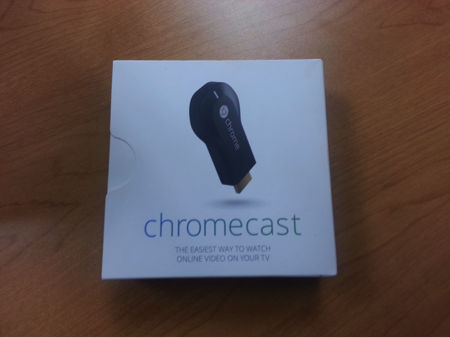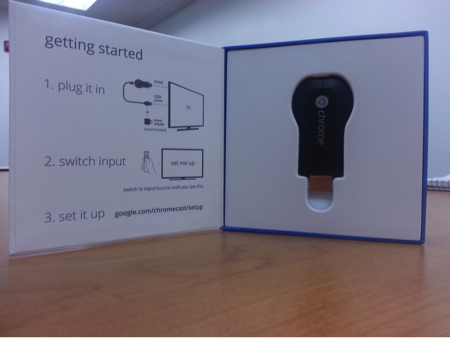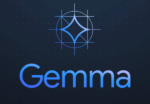After all the hoopla surrounding Google Chromecast in the past week, SD Times finally got its hands on one. After connecting the device to a MacBook Pro, a Samsung Galaxy S3 and an iPad, we’ve come to one simple conclusion: It’s really, really cool.
The $35 device ushers in the end of transferred video lag and buffering—a grim sign for the HDMI cable—and serious competition for the remote control. It also spells bad news for similar, higher-priced streaming players like Roku and Apple TV.
Once we pried the USB-sized dongle from the box, setup was quick and easy. Powering the device required either plugging it into the TV’s USB port, or hooking up the included power adapter to an outlet. (One thing the miracle device can’t do is run sans a power source.) Once plugged in, we switched the TV input to HDMI, and up popped the Chromecast icon.

A translucent home screen with a picturesque rocky landscape in the background directed us to connect to a WiFi network, and via the directions inside the box, we downloaded the Chromecast app in only a few seconds. The app needs to be downloaded on every connected device in order to cast.
First up was the MacBook Pro. After connecting the Mac to the TV, we were “Ready to Cast” and chose a YouTube video comparing Instagram to Vine. The YouTube player has a Cast button built into the video player, so one click casted the video right up, toggling its size to the larger screen with a crisp image and audio playing through the TV speakers.

Netflix, the only other Chromecast-supported platform besides Google Play at the moment, also comes equipped with a Cast button in each video. A short clip from Disney Pixar’s “Cars” played with sharp HD quality, and after connecting the other devices, we played the same video on the Samsung Galaxy S3 and the iPad with no noticeable difference in quality. The videos also continued to play regardless of whether the application, be it Netflix, YouTube or Google Play, was open on each device. Not to mention the laptop, phone and tablet acted as remote controls, with pause, fast-forward and volume control at the tap of a finger.
Google Play, we found, came with its own rules for playing movies, TV shows and music. Mainly, if you didn’t buy it, Chromecast won’t play it. Any content not bought fair and square from the Google Play Store is off-limits. We tested out HD trailers of “Skyfall” and “Oblivion” on all three devices with crystal-clear results.
YouTube, Netflix and Google Play are the only platforms currently supported, but unless they’re up-to-date, Chromecast won’t be compatible. Other platforms are on the way though. Vimeo, Redbox Instant, Pandora and possibly HBO GO are among the services lining up for Chromecast.
The last and most intriguing feature of Chromecast was Chrome tab casting. First off, it only works in Chrome. Users of Firefox, Safari, Internet Explorer and other browsers are out of luck, but then that’s the way Google wants it. Chromecast is yet another added element of their one-stop shop.
Casting tabs gives the Chromecast practical functionality beyond streaming media. We tested the function by loading not only Web pages, but also business data such as Excel spreadsheets into the Chrome browser, casting each individual tab onto the screen and interacting with pages. It’s a ready-made presentation tool.
Chromecast isn’t perfect. It can only run a select few applications for now, and most of its functionality isn’t unique. Hardware from an HDMI cable to a Roku can do almost everything a Chromecast can.
Why then, did Chromecast sell out in a day? Why is there a 3-4 week wait for new devices? Convenience. Usability. Low Price. Everything we look for in a new piece of technology. It’s a USB-sized device that puts an end to all the hassle and frustration of streaming media to your TV.
For $35, it’s a deal too good to pass up.






